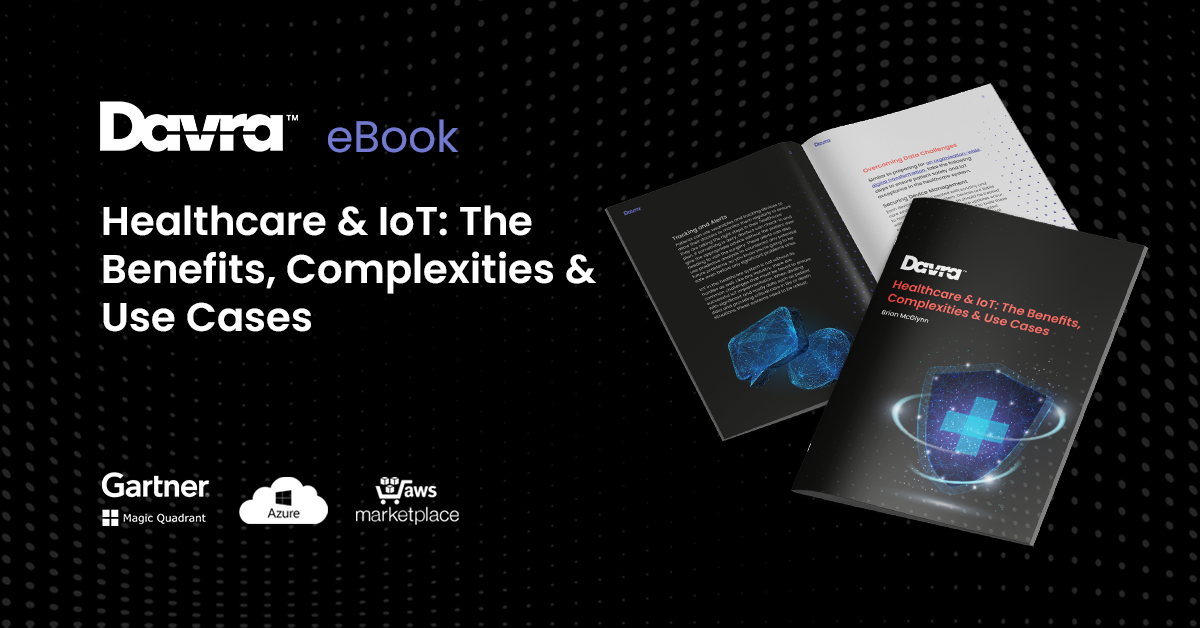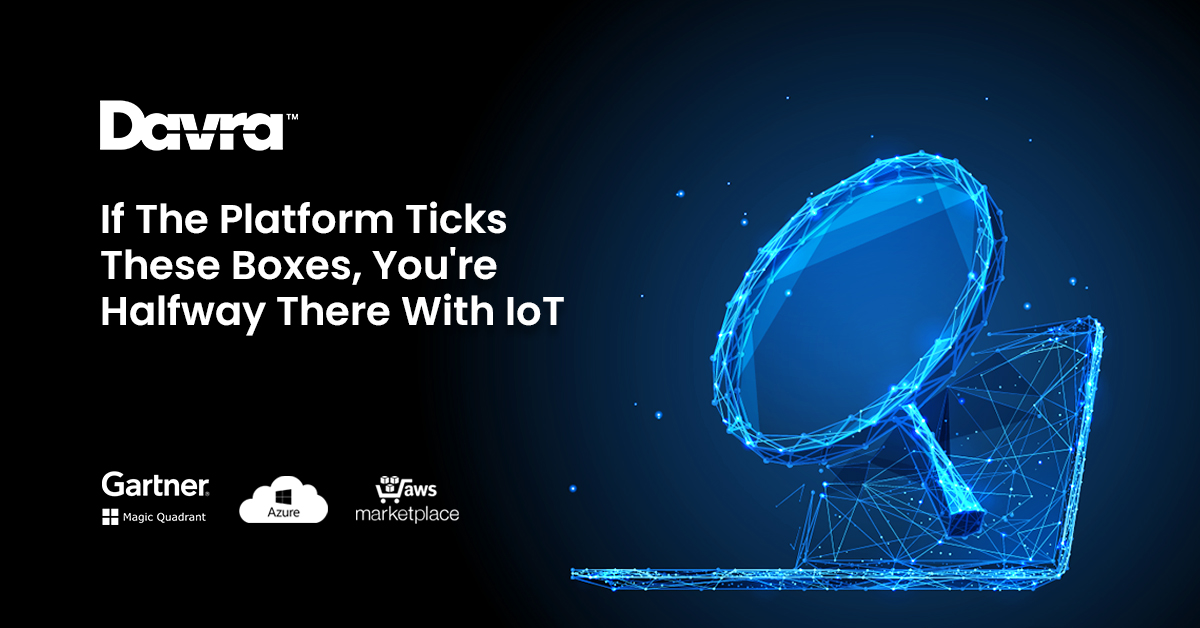IoT in Healthcare Use Cases eBook
Download Your Free IoT in Healthcare Use Cases eBook
Read More


Much the same as looking for the perfect partner, you should have a list of values or characteristics that fit your ideal IoT platform. The only difference is that one costs a couple of million more than the other! Every business use case is unique, and what works for one company may not suit your needs. Developing a running list of platform requirements allows you to make wise decisions not to get sucked into any old platform.
As we’ve covered in our IoT Platform 7 Pillars posts, IoT platforms comprise data management, security & compliance, device management, application enablement and management, digital twins, integrations, and advanced analytics. Trying to squeeze all of these into a platform is one task, but finding a platform that fits your unique needs is an entirely different scenario.
Not only that but the vertical you’re in may also impact the platform you choose. If you want an out-of-box, customisable application, then you may want to select a tried-and-tested platform used by another company with a use case similar to yours. Whether you’re in the agriculture or healthcare industry or looking to develop a smart manufacturing factory, there will be platforms to suit these use case instances.
With that said, we’ve come up with four factors that we think are crucial when choosing an IoT platform suited to your organisation. We’ve seen time and again how these factors come into play when customers embark on the IoT journey.
There are multiple ways the platform needs to be able to scale; as your company grows, so too must the platform be flexible enough to expand to take in more data. Not only that, but the platform must also be able to cover any new products or expand into other sections of the business and not be tied to the first project it started with.
Even though IoT is a relatively new technological concept, there are still many new and upcoming technologies that IoT will need to envelop. New markets emerge all the time, and with cloud solutions spilling over into edge solutions and serverless computing, the platform you choose must be able to adapt.
Due to IoT’s relatively new stand in the technology world, many up and coming platforms haven’t been honestly tried and tested. When doing your research, figure out what verticals and industries the platform has steady business cases in. If there’s one that matches your needs and interests, find out how well that organisation is handling the platform.
There’s great merit in previous success stories and a lot to learn from their shortcomings. Although this isn’t up to you to figure out how to fix the shortcomings, it can be useful for you to expect what may go wrong. New standards and technologies are emerging every year; assessing the platform’s ability to adapt through these other use cases will show you whether they’re a future proof platform or not.
When you decide to undertake a particular platform, they should be mapping your business model with their system to see how best they can extract the data. At the end of the day, if the IoT system’s output doesn’t impact the decisions you’re making, then it’s a waste of time. The platform you choose will have varying lengths of computational data software, so matching your analytics needs and outcomes with the platform performance is crucial to ensure you’re meeting your decision needs.
This is one aspect where data stream knowledge is incredibly important, but data is also impacted by ownership and where it resides. Knowledge of the data jurisdictions, your data rights, and the geographical scope of data protection is vital when choosing a platform.
Edge computing allows your platform to make decisions based on analytics carried out at the local network, rather than waiting to send your data to the cloud. This reduced network latency, therefore enabling you to make decisions faster and securely. When you first begin to develop an IoT system, you may not start to use edge computing right away, but ensure you choose a platform that caters to multiple network topologies to expand the platform at a later date. Look for platforms that cater to application development not only in the cloud but in the mist and fog too.
There are many factors to decide when making the right IoT platform decision, and there’s undoubtedly an element of just diving in and seeing what’s out there. To make the IoT platform adoption a successful one, think of the development as a long term goal with many smaller projects to break up the process. Think laterally; across the whole organisation rather than drilling into one product line or process and then making the platform fit. Davra has a team of experts with roots in big data, data analytics, and networking, with successful use case examples spanning multiple industries. If you would like to chat with us today about the IoT factors most important to your organisation, please give us a call.
Brian McGlynn, Davra, COO
Download Your Free IoT in Healthcare Use Cases eBook

Davra IoT is the only Industrial IoT Platform Available on AWS Marketplace
Read MoreThe Collaboration of Humans & Robots Has Created The Cobot
Read More